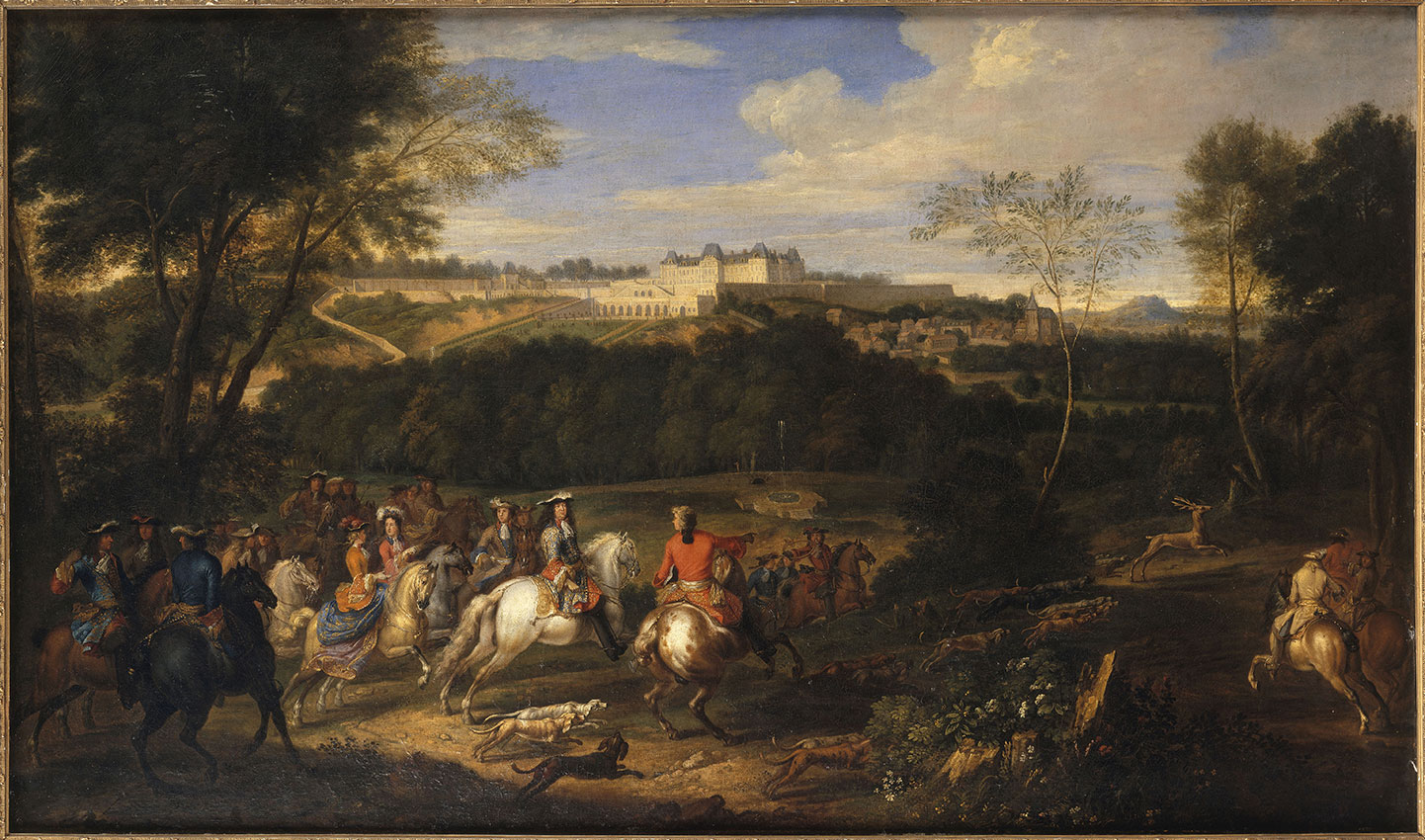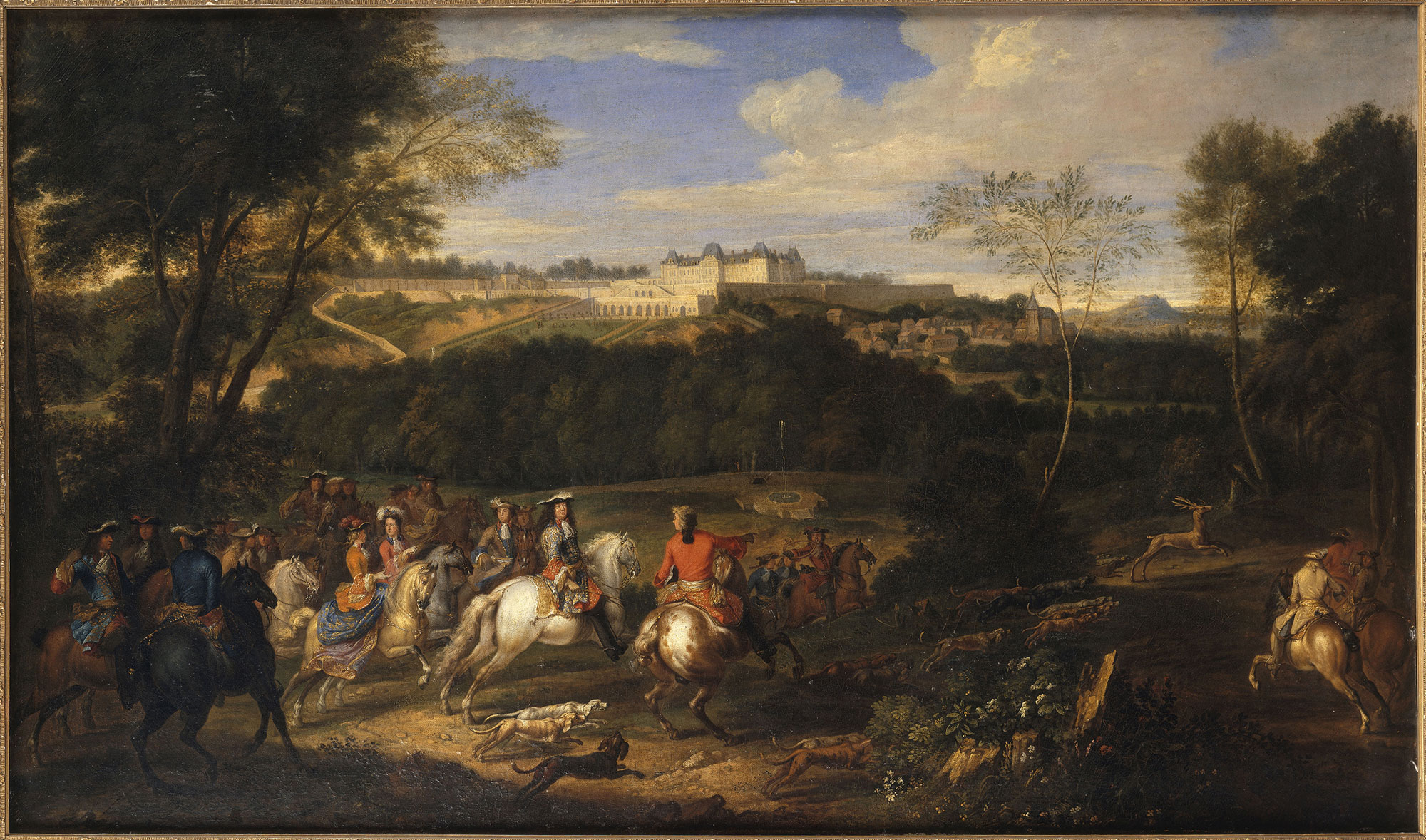A territory for the art
of Le Nôtre
ROOM N°3
Under the Ancien Régime, gardens and parks were part of the institutional and economic framework of manorial estates. A palace was linked to this territory which provided it with income, prestige and power. The garden and the park are distinct but complementary entities which are physically separate but visually linked. The dividing elements – terraces, transversal canals, railings or sunken fences – do not break up the view. In some cases – such as Versailles – Le Nôtre made plans and has the work carried out even before all the pieces of land in the parks had been purchased.
Crédits
© RMN-Grand Palais (Château de Versailles) / Christian Jean

